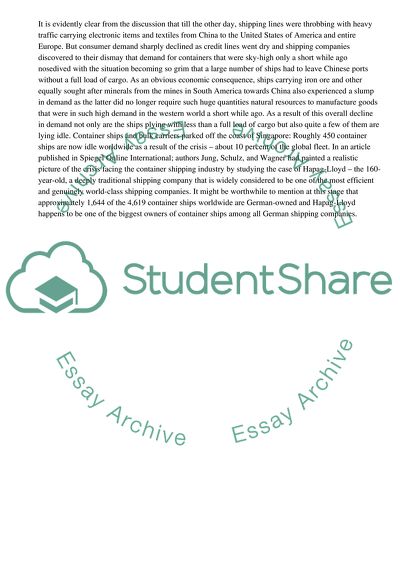Cite this document
(Container Ship Trade Assignment Example | Topics and Well Written Essays - 1500 words, n.d.)
Container Ship Trade Assignment Example | Topics and Well Written Essays - 1500 words. Retrieved from https://studentshare.org/business/1729114-maritime-economics
Container Ship Trade Assignment Example | Topics and Well Written Essays - 1500 words. Retrieved from https://studentshare.org/business/1729114-maritime-economics
(Container Ship Trade Assignment Example | Topics and Well Written Essays - 1500 Words)
Container Ship Trade Assignment Example | Topics and Well Written Essays - 1500 Words. https://studentshare.org/business/1729114-maritime-economics.
Container Ship Trade Assignment Example | Topics and Well Written Essays - 1500 Words. https://studentshare.org/business/1729114-maritime-economics.
“Container Ship Trade Assignment Example | Topics and Well Written Essays - 1500 Words”, n.d. https://studentshare.org/business/1729114-maritime-economics.


